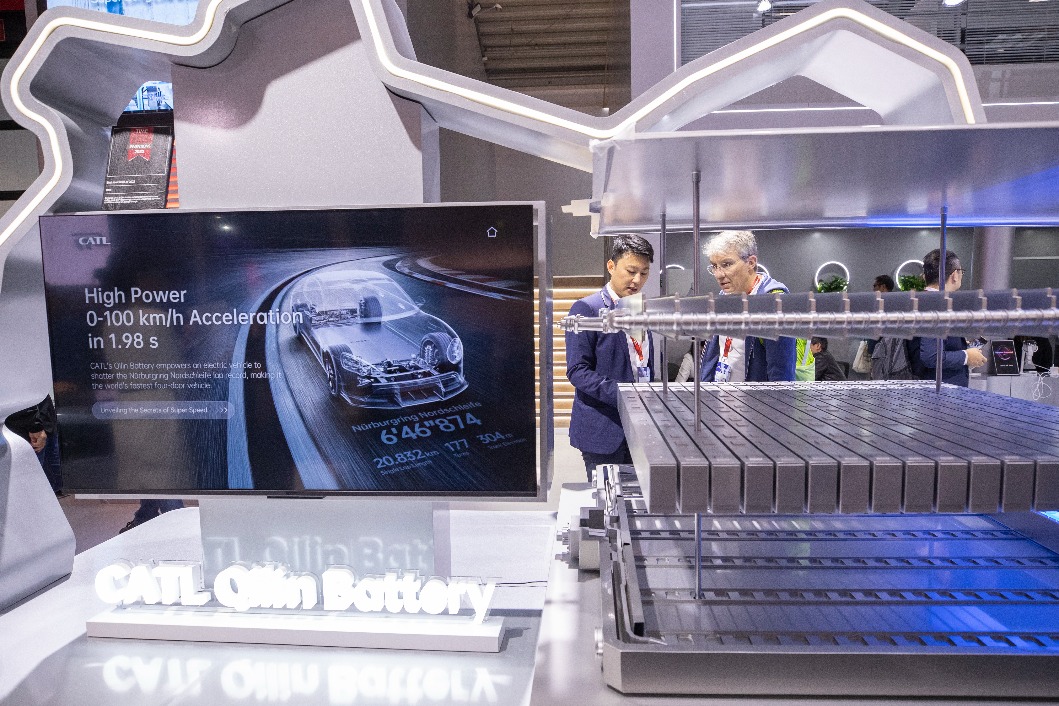2011 - Year of the joint venture sub brand vehicle

This is the Year of the Rabbit, but in actual fact it's the year of the Treasured Horse, or the morning star, or the Everus. These strange sounding names are not the 12 animals of the Chinese zodiac, what they are in fact are the self-developed brands from GM, Nissan and Honda.
By the end of 2009, Chinese automakers could not draw large profits from small micro cars which were sold on wafer-thin margins and discount prices. There was a race to the bottom from 2008 to the end of 2009 to see who could make the cheapest car.
BYD came in with its super cheap BYD F0, Geely with its Panda, Chery with its Riich M1 and of course QQ series all of which start in the 20,000 yuan (2,178 euros) range.
Of course these models are sold to inflate sales figures for the parent company. BYD sells more than 10,000 F0s per month, while Chery has a similar figure for its QQ series. The only problem is that these cars don't generate high revenue but they do keep factories busy.
The majority of homegrown brands decided the only way to go forth was to up their branding and make higher priced cars that were capable of taking on the joint venture brands in the 80,000 yuan to 120,000 yuan range.
If several years ago you mentioned the name Geely to any soon-to-be car owner, they would have laughed in your face. Mention Geely in 2011 and you will get a nod of admiration. Geely has moved a long way from being a small-time motorbike maker. They now own Volvo and DSI Transmission.
Geely created several sub brands in a bid to move away from the cheap and cheerful image that they have created with Geely and is now just the name of the holding group, much in the same way GM controls its brands.
Regional rival Chery in neighboring Anhui province did not want to be left behind in the multiple brand department and set up its own sub brands.
BYD decided that it would not split its brand down the middle but instead work on a different naming system. BYD is setting up four distribution networks within China which will target different buyers.
On top of the self-developed brands there are also major State-owned manufacturers like SAIC in the east, FAW in the northeast, BAIC in the north, GAC in the south, Dongfeng in the central lands, and Chang'an in the west. These companies moved onto car production and quickly signed up foreign partners.
Now these companies are pushing out their own sub-brands with their joint venture partners. First came GM's Bao Jun, then came Nissan's Venucia (Qi Chen in Chinese, meaning morning star). Honda threw its hat into the ring with the recently launched Everus brand (Li Nian in Chinese).
The mantra from these brands is quite simple: Re-heat the left-overs and reserve them to economy buyers.
Bao Jun's first car is based on a Korean designed Chevrolet Sail platform, Venucia's first sedan is Tiida based, whilst Honda is re-skinning the ex-Honda City for the Everus market.
The major aim of these vehicles and sub-brands is to further the use of old technology to rural and suburban car buyers. Remember that China had a GDP per capita of just over $3,700 (2,656 euros) in 2009. So not everyone has the ability to buy the headline grabbing luxury models that are so often reported about.
The real car market is at 50,000 yuan or less in China and this is where the self-developed brands and the joint venture sub brands are going to have their biggest clash of all in 2011.
The major plus point that joint venture sub brands will have is their slick marketing machine and the ability to put marketing tidbits such as "Chevrolet platform", "Nissan engine" and "Honda Technology", which will make them desirable to rural buyers who aspire to own a fully-fledged foreign brand in the future.
So now the question remains - how will these sub brands affect the Chinese market, and how will the government take to them?
For several years the government has been pushing for consolidation of the automotive market.
Now these joint venture companies are pushing for yet more brands to add to China's 90 plus automotive brands, and these brands will be pushing into the self-developed automotive segment.
The government is also pushing for a higher ratio of Chinese car brands on local roads, meaning more support for Chinese brands.
VW is rumored to be readying its own brands for the Chinese market, Ford and Chang'an were talking up a similar storm a few months ago.
How 2011 will play out is anyone's guess at this stage, but it is not going to be pretty and will ultimately end with some strong government intervention that will not fall in the joint venture companies' favor.
Ashley Sutcliffe is a commentator on the car industry and editor of Chinacartimes.com.
Today's Top News
- Targeted action plan to unleash consumption momentum
- Separatist plans of Lai slammed
- Sinologists help to bridge civilizations
- HK unveils sweeping steps after huge blaze
- China releases white paper on arms control
- China blasts new remarks by Japan's prime minister on Taiwan's legal status






























